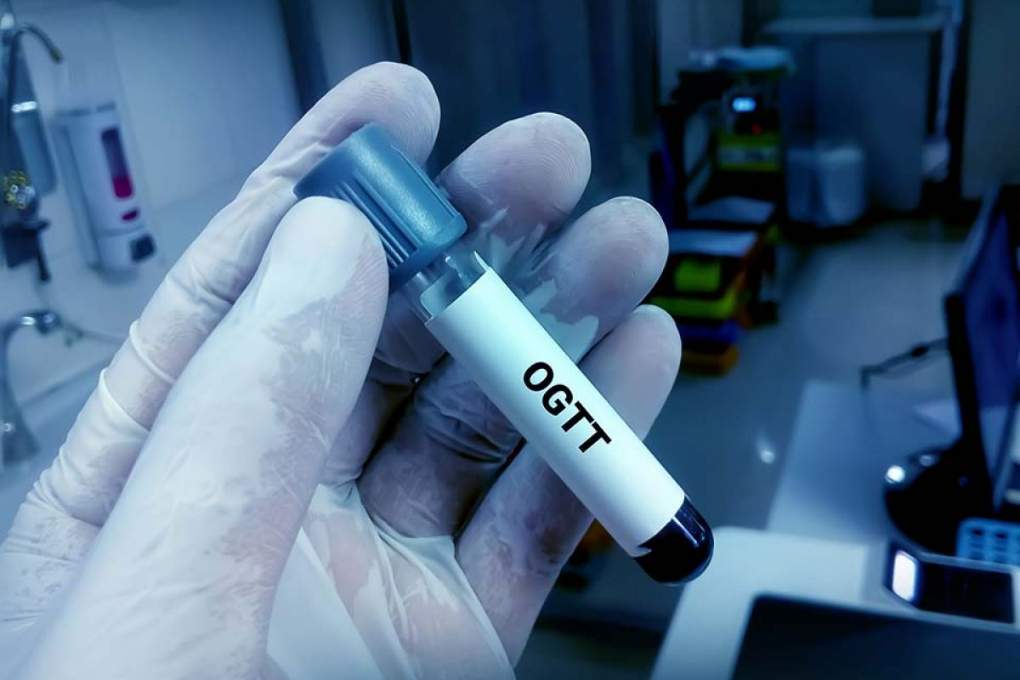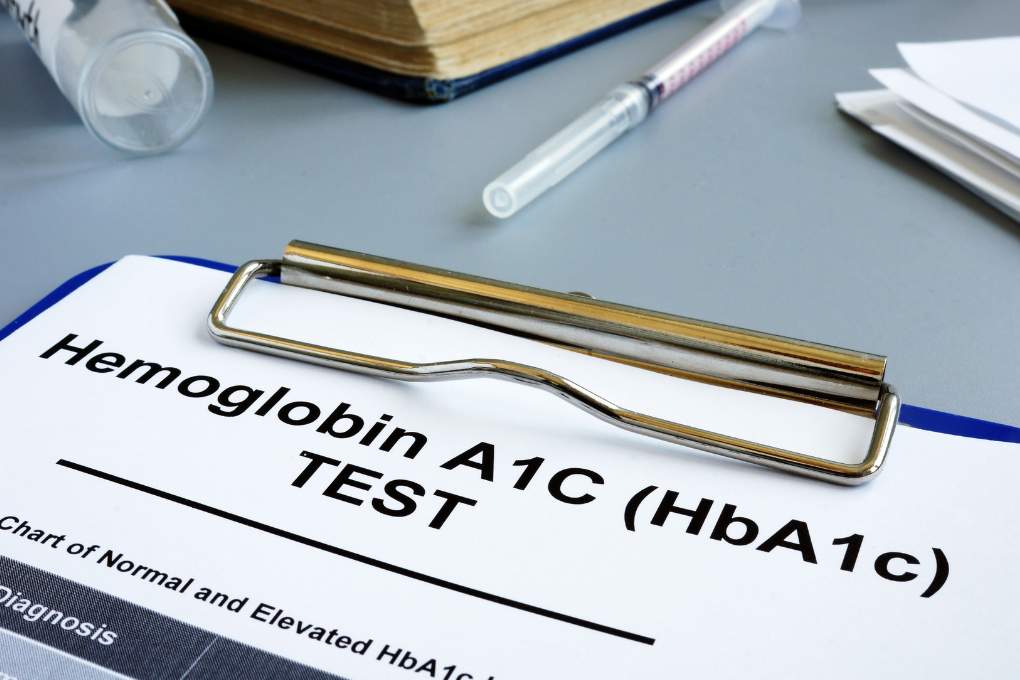
Diabetes in pregnancy, also known as gestational diabetes mellitus (GDM), is a condition that affects pregnant women. It is characterized by high blood sugar levels during pregnancy and usually resolves after giving birth. However, if left undiagnosed and untreated, it can pose serious risks to both the mother and the baby. Therefore, it is crucial to detect diabetes in pregnancy early on to ensure proper management and care. In this article, we will explore advanced methods for detecting diabetes in pregnancy.

Oral Glucose Tolerance Test (OGTT)
The OGTT is a commonly used diagnostic test for gestational diabetes. It involves drinking a glucose-laden beverage and having blood sugar levels measured at specific intervals. This test helps identify how well the body processes glucose and can detect any abnormalities in insulin production and utilization. The OGTT is typically performed between 24 and 28 weeks of pregnancy.

During the OGTT, a pregnant woman’s blood sugar levels are measured before drinking the glucose solution and then at one, two, and three hours after consumption. If blood sugar levels are higher than normal at any of these time points, it indicates gestational diabetes.
In addition to diagnosing gestational diabetes, the OGTT can also be used to monitor blood sugar control in women with pre-existing diabetes who become pregnant.
Continuous Glucose Monitoring (CGM)
Continuous glucose monitoring is a more advanced method for detecting and managing diabetes in pregnancy. It involves wearing a small sensor under the skin that measures glucose levels in the interstitial fluid. The sensor transmits real-time data to a monitor or smartphone, allowing pregnant women to track their blood sugar levels throughout the day.

CGM provides valuable information about glucose patterns, including highs and lows, which can help healthcare providers adjust treatment plans accordingly. It is particularly useful for women with diabetes who are planning a pregnancy or have a history of poorly controlled blood sugar levels.
CGM can also aid in the early detection of gestational diabetes by identifying abnormal glucose trends even before symptoms occur.
Hemoglobin A1C (HbA1C) Test
The HbA1C test measures the average blood sugar levels over the past two to three months. It is commonly used to diagnose and monitor diabetes outside of pregnancy. However, its role in detecting gestational diabetes is still being studied.

While the HbA1C test may not be the primary method for diagnosing gestational diabetes, it can provide additional information about a pregnant woman’s long-term blood sugar control. It is particularly useful for women with pre-existing diabetes who become pregnant.
Fasting Plasma Glucose (FPG) Test
The FPG test measures blood sugar levels after an overnight fast. It is a simple, non-invasive test that can be used to screen for gestational diabetes. If blood sugar levels are elevated during this test, further diagnostic tests like the OGTT may be performed.

The FPG test is typically performed earlier in pregnancy, around 24 to 28 weeks. It helps identify women who may have undiagnosed diabetes or are at higher risk of developing gestational diabetes.
Risk Assessment and Medical History
In addition to the above-mentioned tests, healthcare providers also evaluate a woman’s risk factors and medical history to assess the likelihood of gestational diabetes. Factors such as advanced maternal age, family history of diabetes, obesity, previous history of gestational diabetes, and certain ethnic backgrounds can increase the risk.

Medical history, including previous pregnancies, a history of polycystic ovary syndrome (PCOS), and the presence of other chronic conditions like hypertension, can also provide valuable insights into the risk of gestational diabetes.
Conclusion
Early detection of diabetes in pregnancy is crucial for the health and well-being of both the mother and the baby. Advanced methods such as the OGTT, CGM, HbA1C test, and FPG test, along with risk assessment and medical history evaluation, play a vital role in diagnosing and managing gestational diabetes. By detecting and treating gestational diabetes promptly, healthcare providers can help ensure a safe and healthy pregnancy for women at risk.
Explore the manifold advantages of springing into an early morning routine, which can have a beneficial effect on one’s physical and mental well-being.